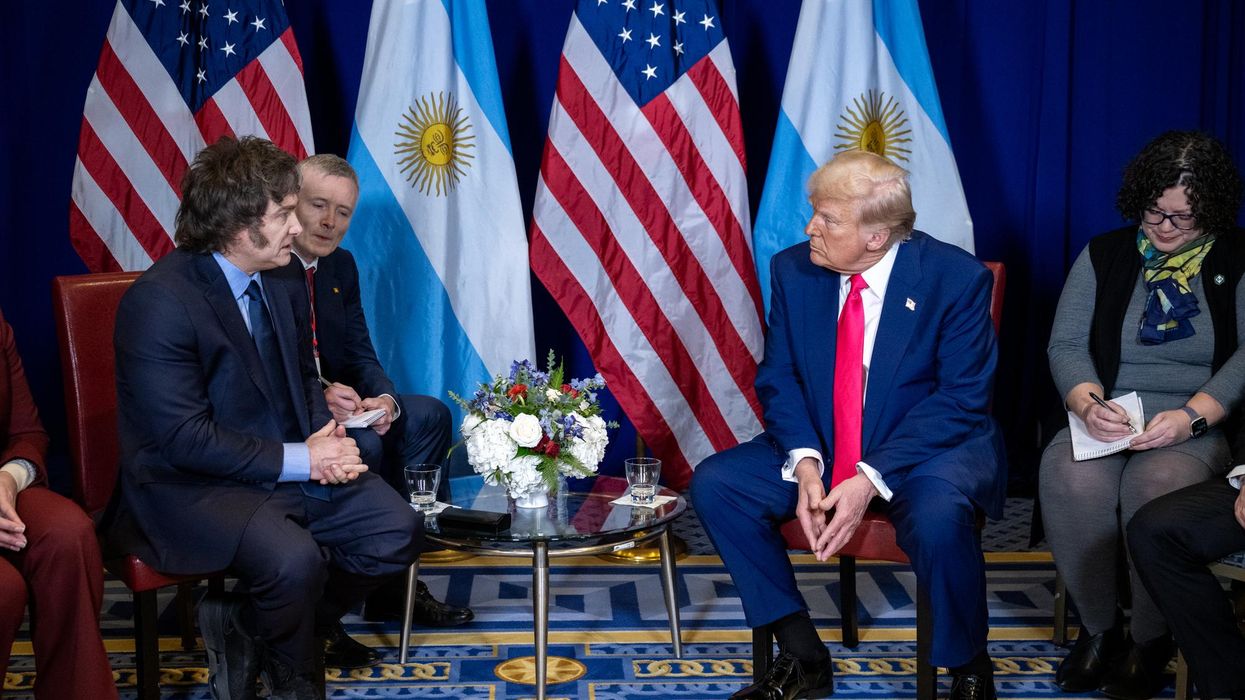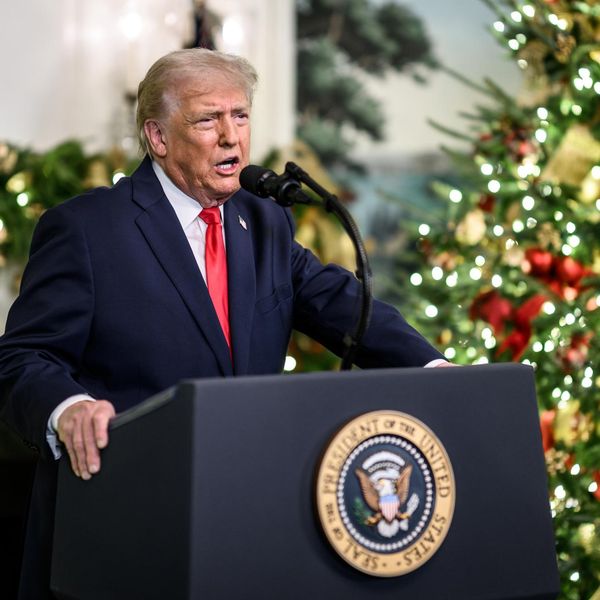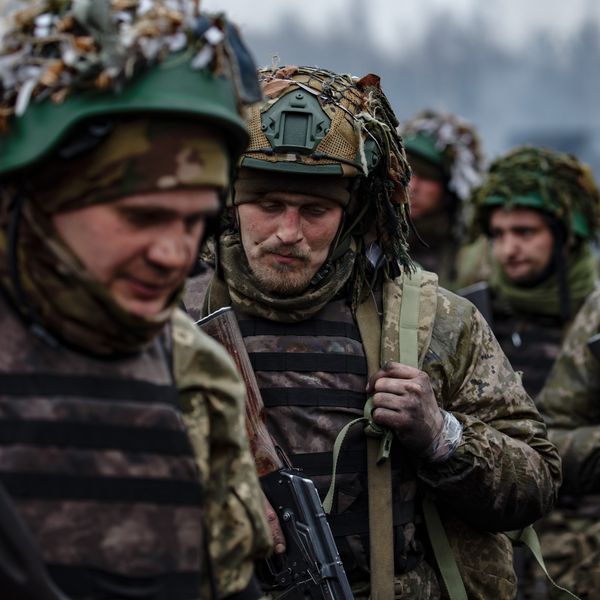The annual summit of the Association of Southeast Asian Nations (ASEAN) that took place last week in Luan Bajo, Indonesia, came up with the usual self-congratulations and wish list for future action but failed to produce forward movement on the two issues that pose fundamental challenges to the regional organization’s raison d’etre: the Myanmar junta’s bloody reign and rising geopolitical tensions in the South China Sea.
Myanmar Settlement Eludes ASEAN
Ever since the February 2021 coup, ASEAN has grappled with how to deal with a regime with no domestic support, no legitimacy, and that relies only on brutal repression to stay in power. With Singapore, Malaysia, and Indonesia taking the lead, ASEAN forged a Five-Point Consensus that the junta pledged, grudgingly, to respect: an immediate end to violence; dialogue among all parties; the appointment of a special envoy; humanitarian assistance by ASEAN; and the special envoy's visit to Myanmar to meet with all parties in the domestic conflict.
The junta, however, walked back its commitment a few days after it was trumpeted by ASEAN, and has since escalated its violent attacks on the population, refused to allow the special envoy to visit imprisoned chief of state Aung Sang Suu Kyi, and made it difficult for ASEAN humanitarian assistance to reach people. Indeed, a few days before the summit, an attack on an ASEAN humanitarian mission occurred in an area controlled by the military government.
To be sure, ASEAN’s push for a role in promoting a peaceful solution in Myanmar is a positive departure from its traditional policy of non-intervention in the internal affairs of member countries. At the same time, however, it shows the limits of consensual decisions with no enforcement powers. In this regard, ASEAN is far behind the African Union, which has organized multinational peacekeeping teams to intervene in civil conflicts.
With ASEAN flailing at the sidelines, the violence in Myanmar has escalated. The junta has been responsible for at least 2,940 deaths and 17,572 arrests since the coup. The military operates with absolute impunity, employing what the United Nations Human Rights Office report describes as a “four cuts strategy,” including “indiscriminate airstrikes and artillery shelling, razing villages to displace civilian populations, and denial of humanitarian access — to cut off non-State organized armed groups and other anti-military armed elements from access to food, finances, intelligence and recruits.”
To some observers, the ferocity of the military’s campaign shows that resistance is widespread and gaining momentum, with the underground National Unity Government (NUG) successfully pursuing its political project of welding the Burmese majority and the ethnic minorities into a more unified political and military force. Many reports confirm that the military is losing control of vast areas of the country while the NUG, according to a recent comprehensive study by International IDEA, “now controls significant territory, commands the loyalty of the overwhelming majority of its people, and provides security and justice in the areas under its control.” What this seems to indicate is that the democratic forces in Myanmar, instead of relying principally on ASEAN and other foreign countries as the main agents for democratic restoration, now see their ability to fight back politically and militarily as the decisive factor that will gather international support.
The South China Sea Cockpit
At the Indonesia summit, ASEAN once more proved to be a bystander in developments in the South China Sea, the other crisis that is testing the organization’s fundamental purpose of acting collectively.
Over the last 30 years, China’s moves in the area have alarmed ASEAN states, particularly those that border that body of water. China has seized maritime formations from the Philippines and Vietnam and unilaterally declared that an estimated 90 percent of it belongs to China, ignoring the Exclusive Economic Zones that the other littoral states are accorded by the UN Convention on the Law of the Sea. While individual countries like the Philippines and Vietnam have registered strong protests, ASEAN has failed to come up with a common declaration condemning China’s claims and a unified strategy to counter its moves, owing to Beijing’s strong influence on some countries, particularly Cambodia and Laos.
China’s moves in the South China Sea are mainly driven by an effort to expand its defense perimeter outward in order to protect its eastern and southeastern coasts from attack from U.S. bases entrenched in the so-called “First Island Chain” that stretches from South Korea to Japan, Okinawa, Guam, and the Philippines. But instead of negotiating an agreement with ASEAN aimed at demilitarizing or reducing tensions in the area — an initiative that would benefit both China and ASEAN — Beijing has acted unilaterally, poisoning relations with key ASEAN countries.
Taking advantage of the rifts between ASEAN and Beijing, the United States has moved aggressively to implement its global military strategy of containing China in the region. In the last few months, Washington has successfully pressured the new administration of President Ferdinand Marcos, Jr, to grant it four more bases in the Philippines, in addition to the five it now has under the Enhanced Defense Cooperation Agreement with Manila.
Washington has also brought the North Atlantic Treaty Organization into the equation, with ships from the United Kingdom, France, and Germany now impressed into patrolling the area, along with vessels from Australia, South Korea, the Philippines, and the massive U.S. Seventh Fleet. Invoking “freedom of navigation,” U.S. ships have sailed through the Taiwan Strait in recent months to back up President Biden’s repeated declarations that Washington will defend Taiwan militarily — a posture that in effect tears up the One China Policy that has been the official U.S. stance since 1979.
But Washington’s rhetoric now elicits worries among some ASEAN governments that they are being drawn into a regional confrontation that is not in their interest. Particularly alarming has been a recent leaked memo by Gen. Mike Minihan, who heads the U.S. Air Mobility Command, that asserts, "My gut tells me will fight in 2025.” Minihan, it bears noting, is not alone in predicting imminent war with China. Last October, Adm. Michael Gilday, Chief of Naval Operations, warned that Washington should prepare to fight in 2022 or 2023.
Even without such statements, the level of hostile activity in the South China Sea has been alarming. During a visit to Vietnam I made as a congressman back in 2014, top Vietnamese officials expressed concern at how, owing to the lack of rules of engagement, a collision by American and Chinese ships or their aircraft “playing chicken” could immediately escalate to a more intense level of conflict.
Like the Philippines, Vietnam has criticized Beijing’s moves, and its vessels have engaged Chinese Coast Guard ships in water-hosing jousts in the South China Sea. Unlike Manila’s acquiescence to Washington, however, the aggressive posture of the Biden administration has led Hanoi to affirm a neutral stance. On a recent visit to Beijing, the head of the Vietnamese Communist Party, Nguyen Phu Truong, assured Chinese President Xi Jinping that his government would continue to hew to its “Four Noes” policy approach in the region; that is, that Vietnam would not join military alliances, not side with one country against another, not give other countries permission to set up military bases or use its territory to carry out military activities against other countries, and not use or threaten to use force in its international relations.
Much like its failure to come up with a common position and agenda for action on China’s controversial territorial claims and actions in the South China Sea, ASEAN has watched from the sidelines as Washington has made major moves that threaten two historic aspirational documents of ASEAN: the declaration of Southeast Asia as a Zone of Peace, Freedom, and Neutrality (ZOPFAN) and the Southeast Asia Nuclear Weapons Free Zone Treaty (SEANWFZ).
Some observers have asserted that its failure to address the Myanmar crisis and the South China Sea powder keg poses an existential crisis for ASEAN. This is an exaggeration. ASEAN’s role as a talk shop is important for its 10 member states. But will it ever become a unified force capable of confronting external forces that are constantly intervening to shape the region to their advantage? More and more, that future, which served as ASEAN’s guiding vision at its launch in 1967, is receding from view.
















